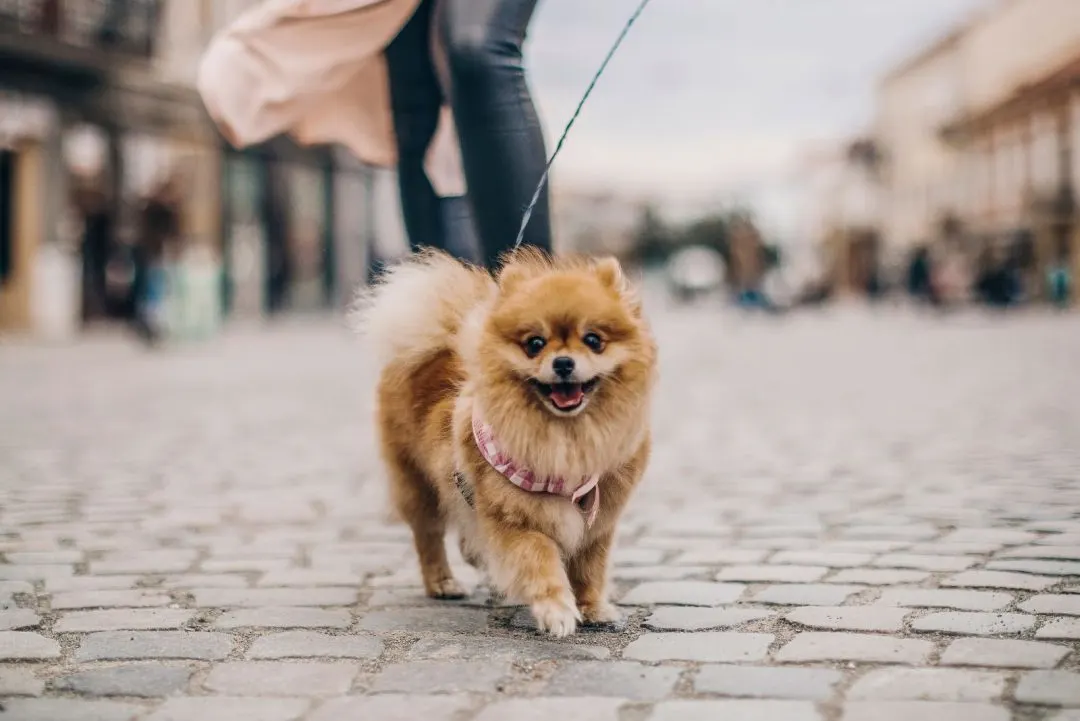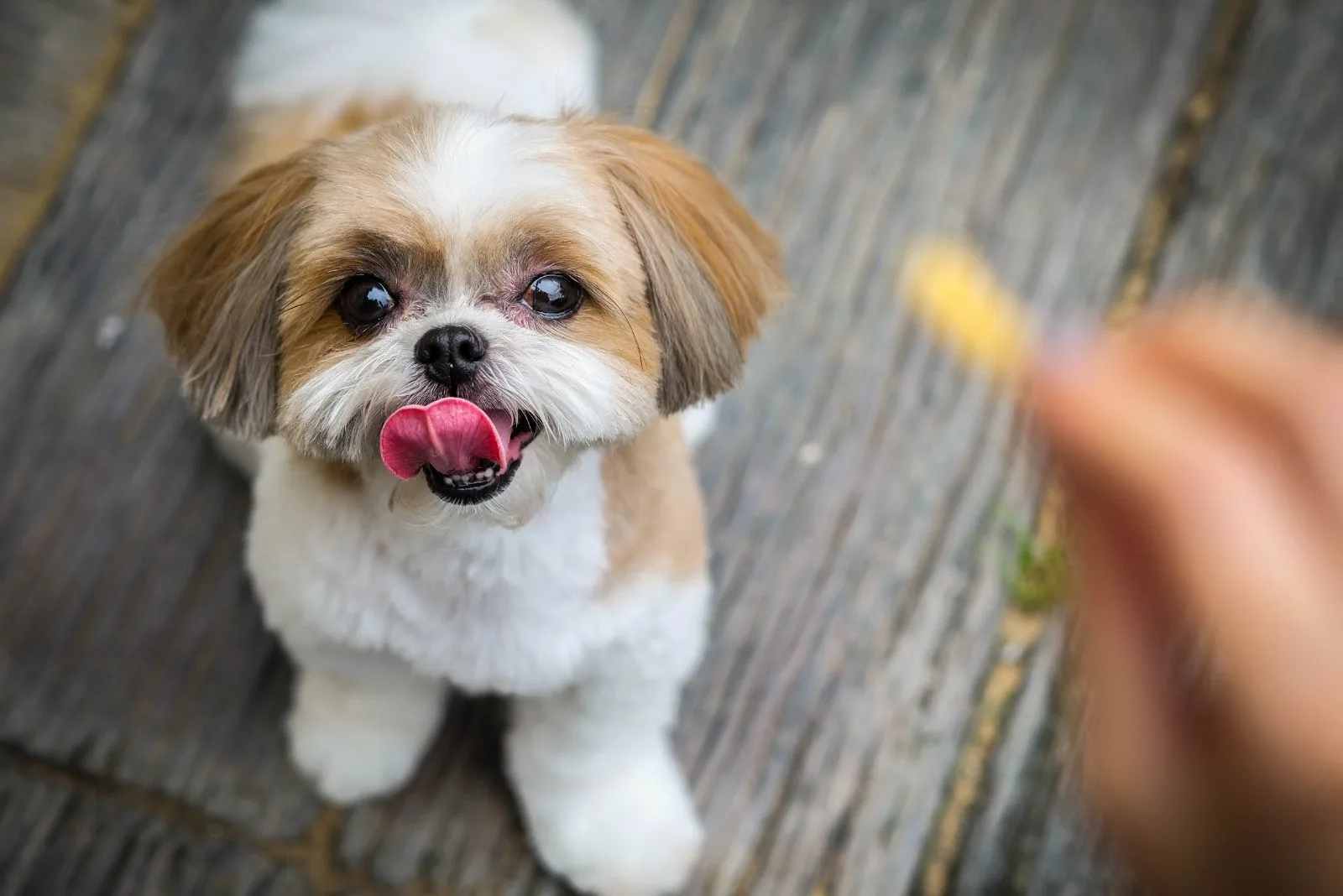As devoted dog owners, we always aim to provide the best care and love for our furry companions. However, in our daily interactions and routines, we may inadvertently do things that can hurt their feelings or negatively impact their emotional well-being.
Dogs are incredibly sensitive creatures, and their feelings can be easily affected by our actions, even if we don’t intend to cause any harm.
To help you foster a more positive and nurturing environment for your canine friend, we’ve compiled a list of seven common behaviors and situations that might unintentionally affect your dog’s emotional state.
By being aware of these potential pitfalls, you can take steps to ensure that your dog feels happy, secure, and loved in your home.
Understanding and addressing these issues will not only strengthen the bond you share with your pet but also contribute to their overall happiness and mental health.
Ignoring Their Needs
Dogs are inherently social creatures that seek guidance and affection from their owners. When their attempts to communicate—whether to garner attention or express needs—are ignored, it can lead to feelings of neglect and emotional distress.
This lack of interaction not only affects their emotional well-being but can also create a rift in the bond they share.
To thrive, dogs require consistent love, attention, and engagement.
Ignoring their emotional needs can have lasting consequences, causing stress and anxiety, ultimately undermining the deep connection that is vital for both their happiness and your relationship.
Using Harsh Training Methods
Teaching your dog appropriate behavior is undoubtedly important in building a well-mannered companion.
However, relying on physical punishment or severe training techniques is a significant misstep that can lead to detrimental outcomes. Dogs, as sensitive and intelligent creatures, do not respond positively to actions such as yelling or hitting.
In fact, these aggressive methods can instill fear and anxiety in your pet, potentially resulting in more severe issues like aggression or distrust toward you and others.
Instead of resorting to these harsh approaches, consider using positive reinforcement as your primary training strategy.
This method focuses on rewarding your dog for exhibiting good behavior, which not only encourages them to repeat those behaviors but also helps to cultivate a deeper sense of trust and a stronger bond between you and your furry friend.
By reinforcing positive actions with praise, treats, or affection, you are creating a loving atmosphere that promotes growth and a healthy relationship.
Consistency and Patience for Your Dog’s Well-being
Dogs are creatures of habit, finding comfort in a consistent routine, whether it’s mealtime, walks, or playtime.
Constantly changing their schedule can make them anxious and confused, as they might sense that something is wrong.
To avoid upsetting them, try to keep their daily routine as stable as possible. Additionally, if your dog has an accident indoors, harshly scolding or rubbing their nose in it will only confuse and upset them. Instead, stay calm and patient.
Positive reinforcement, like praising them when they go outside, will encourage them to do the right thing without feeling ashamed or fearful.
Not Rewarding Good Behavior
Canines thrive on consistent interaction and positive feedback from their owners. When they do not receive rewards or acknowledgment for their good behavior, they may feel unappreciated and demotivated.
This lack of reinforcement can lead to confusion and diminish their willingness to engage in further positive actions.
Even simple gestures like petting or verbal praise go a long way in making your dog feel loved and acknowledged.
Leaving Them Alone Too Long
Leaving your dog alone for lengthy periods can result in separation anxiety, as dogs are inherently social pack animals that thrive on companionship and interaction.
It’s essential to ensure they receive regular socialization and exercise to maintain their emotional well-being.
If you must leave them alone, consider providing engaging interactive toys to stimulate their minds, or leave the television on to offer auditory companionship.
Regular outings and exercise are crucial for their mental and physical health, as long periods of solitude can lead to feelings of neglect and stress, ultimately affecting their overall behavior and happiness.
Show Them Love and Attention
The best way to ensure your dog feels secure and loved is to consistently show it affection. Pet, praise, and reward your dog for good behavior—this strengthens your bond and encourages positive actions.
Regular socialization and interaction will keep your dog happy and confident, knowing that they’re always a valued member of your family.
To foster a positive bond with your dog, it’s essential to be mindful of their emotional well-being. By following these tips, you can prevent unintentional emotional harm and build a trusting, loving relationship.
Always pay attention to your dog’s body language and signals; they communicate their feelings through actions rather than words.
Provide consistent training, positive reinforcement, and ample socialization to help them feel secure and confident.
Ensure they have a safe space to retreat when feeling overwhelmed, and set realistic expectations for their behavior based on their individual personality and needs.
In summary, nurturing a healthy relationship with your dog involves understanding their emotional landscape and responding to their needs thoughtfully.
By being observant and patient, you can create a serene environment that fosters trust. Remember, your dog may not express feelings verbally, but their behavior will be your guide.
Prioritizing their emotional health not only enhances their well-being but also enriches your bond, leading to a joyful, lasting companionship.
References:
- Vieira de Castro, A.C., Fuchs, D., Morello, G.M., Pastur, S., De Sousa, L., Olsson, I.A.S. (2020). Does training method matter? Evidence for the negative impact of aversive-based methods on companion dog welfare. PLoS One. DOI
- Vieira de Castro, A.C., Araujo, A., Fonseca, A., Olsson, I.A.S. (2021). Improving dog training methods: Efficacy and efficiency of reward and mixed training methods. PLoS. DOI
- Starling, M.J., Norris, J., McGreevy, P. (2020). Routine and learning games how to make sure your dog doesn’t get canine cabin fever. Retrieved from https://theconversation.com/routine-and-learning-games-how-to-make-sure-your-dog-doesnt-get-canine-cabin-fever-134248






